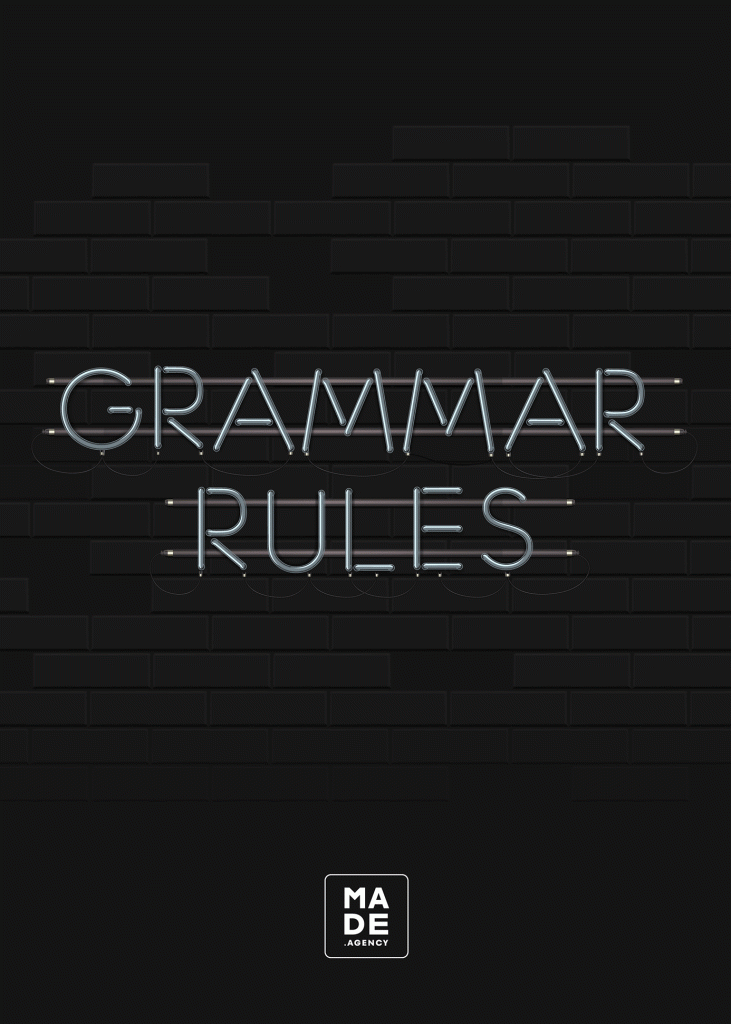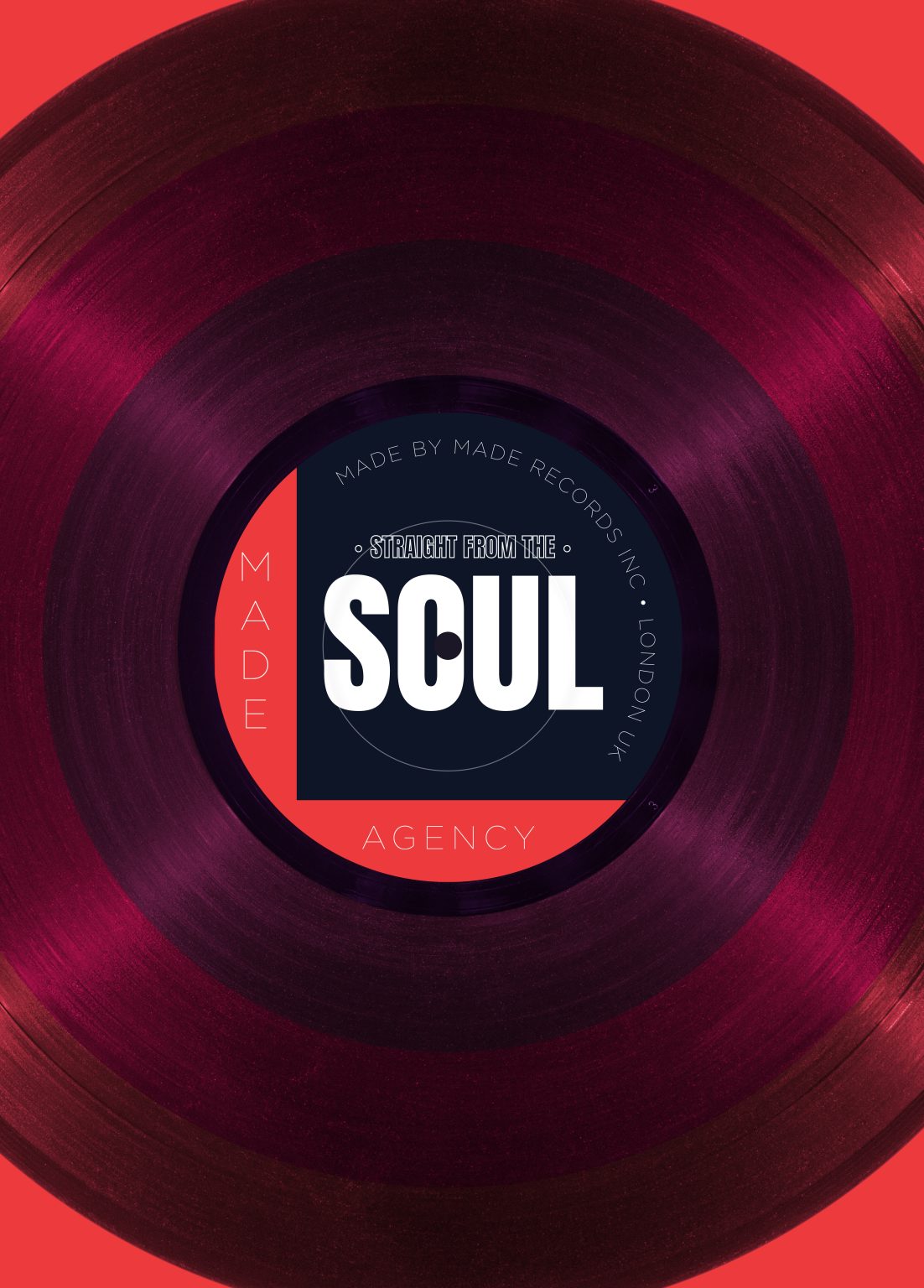To mark two years since he stopped teaching writing in a secondary school and joined Made, Senior Marketing Manager Andrew looks back at what he’s learned about copywriting and how it’s been…an education.
It’s now two years since I changed careers and joined the Made marketing team and I genuinely mean it when I say it’s been brilliant. There has been a steep learning curve but I completely love what I do.
However, one of the most surprising challenges I’ve faced is how, at times, I’ve found writing tough. Discovering this was a bit of a shock given that I’ve spent the best part of two decades teaching and assessing writing in schools.
As a secondary school English teacher, leader and examiner, I’ve read, marked, assessed and fed back on more writing than most. Persuasive speeches, descriptions or stories were all my stock-in-trade. I’ve taught acrostics and dactylic dimeter and helped compare the merits of Petrachan and Shakespearean Sonnets. And I’ve covered parts of a sentence, sentence types and figurative language features ‘till the gerunds come home.
But I’ve realised it was all wrong.
Here’s why.
Time for an update
OK, it’s not wrong. Just as this little bit of clickbait and switch isn’t wrong. But what I’ve realised is that what we are asked to do when teaching writing – what we are asking kids to do – is stuck in a bit of a time-warp. It often bears little resemblance to the way much of modern society communicates so I do wonder whether might be time for a little bit of a rethink.
What I (un) learned about teaching writing
Once I had made my peace with the fact that I needed to re-learn how to write, there were also a few habits I needed to purge.
So, in no particular order, here are five of the ways I had to rewire my writing to become better at my job.
Paragraphs
“How many sentences does a paragraph have?” little Billy would ask.
“Well, there’s no specific rule, just change paragraph when the rules say you need to – don’t forget TiPToP*” I’d reply. “But make sure you mix up lengths and don’t break it down too much.
Now, after writing a lot of copy with a mobile-first strategy, if Billy asked me the same question, I’d answer differently. “A couple of sentences at most,” I’d say, and this answer would make Billy very happy!
*TiPToP – Mneomic to remember when, typically to change paragraph: Time, Place, Topic, Person.
Sentence length
Too many of the same length sentences is a real no-no when trying to impress as a student and multi clause whoppers are common. This, I learned quickly, does not translate well to mobile view. It takes at least as long to cut down sentences to please the SEO readability tool as it does to write shorter ones in the first place. So, I’ve accepted that the audience’s attention span is more like a 16 year old student and save those Dickensian-style sentences for something else.
Simplicity
When teaching writing to kids to write, there is a premium placed on sophistication of expression (This doesn’t necessarily mean complexity). However, kids should be able to demonstrate their ability to use and sequence for impact a range of sentence types (simple, compound, complex).
Much of what I’ve realised about copy and content writing now, is that this sophistication is not necessary or welcome. Keep it simple.
Plain speaking
In an affront to the art of poetry, I’ve had to move away from figurative language beloved of teachers and examiners. So saiyanora to similes, mañana to metaphors and pip pip to personification.
For copy to have maximum reach and stretch beyond borders as companies want to appeal to non-native global English speakers, there needs to be less nuance and subtlety. Sadly, this makes writing less florid and more transactional – but more effective in achieving its purpose. To be honest, if I mentioned this to the kids I taught that they need to tone down the figurative language, I reckon they’d be pretty happy.
Punctuation
It was tough to get kids to understand the value and rules of punctuation beyond a full-stop ( even this was a struggle sometimes) and see how English’s range of punctuation marks clarify meaning. Semi-colons have value, brackets are useful and a well placed dash offers welcome variety. Now, though, and especially when the merest hint of an em dash — even one — has the audience crying foul and calling out AI generation, it’s safer to stick to the basics, even if it does remove the ability to be nuanced.
Lessons learned
I do have to keep telling myself not to throw the baby out with the bathwater, though. Good writing is still good writing, and loads of the rules and strategies that I used to teach are still really great reference points as I’m writing copy in whatever format.
So what rules or principles do I still follow?
I really hated – and still do – consecutive sentences that start with the same word (unless it’s a rhetorical flourish – anaphora, anyone?). It’s lazy, really jarring for the reader and is an easy way to make something feel ‘basic.’
Likewise, paragraph openings. Again, unless there’s something interesting going on rhetorically, paragraphs should not start with the same word or sentence construction. It gives off the impression that the whole piece has been written as discrete sections rather than considered thought given to how it works together as a whole.
There’s no such thing as too much proof-reading. Just like the student polishing a final piece of coursework, I find that I read, re-read and check again multiple times before hitting publish. What I have learned though is that no matter how many times I check, there will always be something that slips through and that seems to only pop up in situ. At this point, it would be a crime to not mention the brilliant marketing team at Made who pore over every syllable and find things that seem to sit in my blind spot. I’d imagine that students would love to have a fab team like that behind them!
The REAL lesson about teaching writing
So there are some pretty tough lessons here and having to say goodbye to some deeply ingrained writing habits hasn’t been easy.
Truthfully, and at the risk of turning this into a therapy session, the most difficult part about all this has been letting go of my writer’s ego (and we’ve all got one!) I love writing – the planning, the process and the crafting. And I still get to do that, so that’s brilliant.
But accepting that no-one is reading my copy and thinking about what a clever sentence this might be or how neatly it scans or how much of a metaphorical zinger I’ve come up with, has taken a while to embrace.
Now I understand it: the zen-like state of acceptance that, in this role, a good copywriter is one that is invisible. A ghost that works in service of the brand message. Without a doubt, this has been one of the most important things I’ve learned.
Plenary
So just as teachers are told that all lessons need a plenary to wrap up the lesson and check for understanding, what would my takeaways be from two years of unlearning what I made others learn?
Certainly the humility to properly understand the different writing disciplines and accept that being good at one does not automatically translate to being good at the other.
Also – with my education hat on for a brief moment – there does feel like there is too much focus on teaching overly technical writing. With the need to demonstrate high levels of skill, kids tend to lose the message or the story, swamped as they are in technique.
It’s also not setting them up for the realities of modern workplaces and modern communication and I do wonder whether this will contribute to making the subject anachronistic and unpopular.
If I was at the chalkface again, I’d definitely take a different approach to teaching writing – at least for part of the time – and I believe that would be for the benefit of all.
Need some help with your copywriting?
Interested in working with someone who’s just learned how to write? Or, if you’d rather, with our team who have been doing it for years? Contact Made today and see how our copywriters can make it happen for you.




